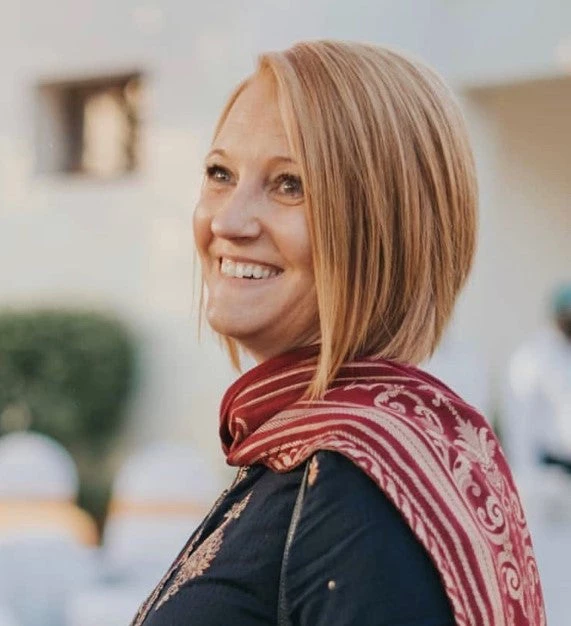When a 25-year old returned to Afghanistan from Pakistan five years ago, he found himself living a life of hardship. He is the sole breadwinner of his seven-member family. His life in Pakistan was different. There, he ran a small shop to support his family. But in his home country, he is frequently out of work since daily wage jobs are hard to find. He has no capital to start a business. He has been relying on loans from friends and relatives. But his challenges are not just financial. He is worried about safety. He said that there were “fights every day. Many bullets hit our walls and our neighbor’s walls. Thank God no one was harmed but our windows were broken.”
When asked why he did not move to another place that was safer, he mentioned the importance of social networks: “If you have capital/money you will move to another place! This place is better, at least I have some family and friends. I am afraid that I won’t find work if I go to another province. Here people are giving me loans as well but in another province, no one will give me one.”
Afghan refugees began arriving in Pakistan in 1979 in the months leading up to the Soviet invasion of Afghanistan. But now, despite the ongoing conflict, roughly 2.4 million displaced Afghans have returned to their country. Since 2014, over half a million registered refugees returned under the United Nations High Commissioner for Refugees’ (UNHCR) facilitated voluntary return program—most coming from Pakistan. In 2016, the number of returnees increased significantly due to the deterioration of the protection environment for Afghan refugees in several areas of Pakistan.
But even during the height of the returns in 2016, little was known about the settlement patterns and needs of Afghan returnees. Our study, Living Conditions and Settlement Decisions of Recent Afghan Returnees, looked at the living conditions of the large Afghan refugee population who returned from Pakistan between 2014 and 2017 —with a particular emphasis on documented returnees—and is the first joint report between UNHCR Afghanistan and the World Bank.
Afghans form one of the largest protracted refugee populations in the world. In response to a large influx of Afghan returnees in early 2016, UNHCR doubled its overall repatriation assistance amount—from US$200 to US$400 per person in July 2016—and ensured their dignified reintegration by giving the returnees immediate humanitarian assistance. Upon reaching Afghanistan, they received a cash grant to help them reintegrate and cover transportation costs, along with medical care, mine risk awareness, and advice on accessing education, civil documentation, and available land.
Living conditions: The data indicates that Afghans who returned between 2014 and 2017 were less wealthy than those who stayed in Pakistan; lived in refugee villages in Pakistan or temporary housing; had previously considered repatriating; and had retained ties to Afghanistan. Our research also showed that returnees were more likely to have some formal education—although low— than the average registered refugee in Pakistan. At the same time, school attendance for both boys and girls was higher post-return, and the gender gap in attendance lower because there is a higher likelihood that households send girls to school.
Settlement decisions: Our findings regarding returnee’s settlement decisions and post-return economic outcomes showed that physical security and proximity to social networks was important in their decision to return, even at the cost of economic outcomes. Most refugees returned to their province of origin close to family and friends. Alternatively, they returned elsewhere for safety and economic reasons. Moreover, Afghans living in their province of origin were more likely to be employed and less likely to have the same type of job as they did prior to returning.
Perhaps the study’s most marked finding was the level of widespread socio-economic hardship affecting returnees. Afghan households are large, and although most families have at least one wage earner, these are unstable and low-earning jobs. Although there were no noticeable differences in the type of occupations held by recent documented returnees and the Afghan refugee population in Pakistan—most working as daily wage laborers in non-agriculture—the returnees did generally experienced a decrease in the employment opportunities, wages, and job stability after returning to Afghanistan.
Because of the challenging security situation in Afghanistan, it is extremely difficult to carry out field data collection. With funding from the United Kingdom’s Foreign, Commonwealth and Development Office (FCDO – formerly the Department for International Development -DFID) on forced displacement, the World Bank, UNHCR, and the International Organization for Migration (IOM), we were able to complement the current UNHCR and IOM monitoring and data collection efforts with household level phone interviews. This helped us to expand the sample of returnees that were interviewed and to generate a more representative picture of recent returnees. We carried out the mobile phone survey of returnees in two stages:
- First, we complemented random-digit-dialing with integrated voice recognition software for the identification of a broad sample of recent returnees with mobile phones; and
- Second, we did follow-up personal phone interviews to the identified sample regarding location decisions, employment and livelihoods, and access to basic social services.
The specific socio-economic conditions and needs of refugee returnees is a major policy concern requiring a robust policy response. This study contributes to a better understanding of returnees’ living conditions and settlement decisions that will help policy makers and development organizations design better-targeted humanitarian responses and development assistance for returnees. It also provides insights for the design of reintegration programs for other refugee populations.
This work is part of the program “Building the Evidence on Forced Displacement: A Multi-Stakeholder Partnership" funded by UK Aid from the United Kingdom's Foreign, Commonwealth and Development Office (FCDO).
A special thanks to Hisham Esper who co-led the design and implementation of the impact evaluation, and Monica Biradavolu, who led the qualitative component of the study.
Photo by European Union/ECHO/Pierre Prakash / CC BY-NC-ND 2.0



Join the Conversation